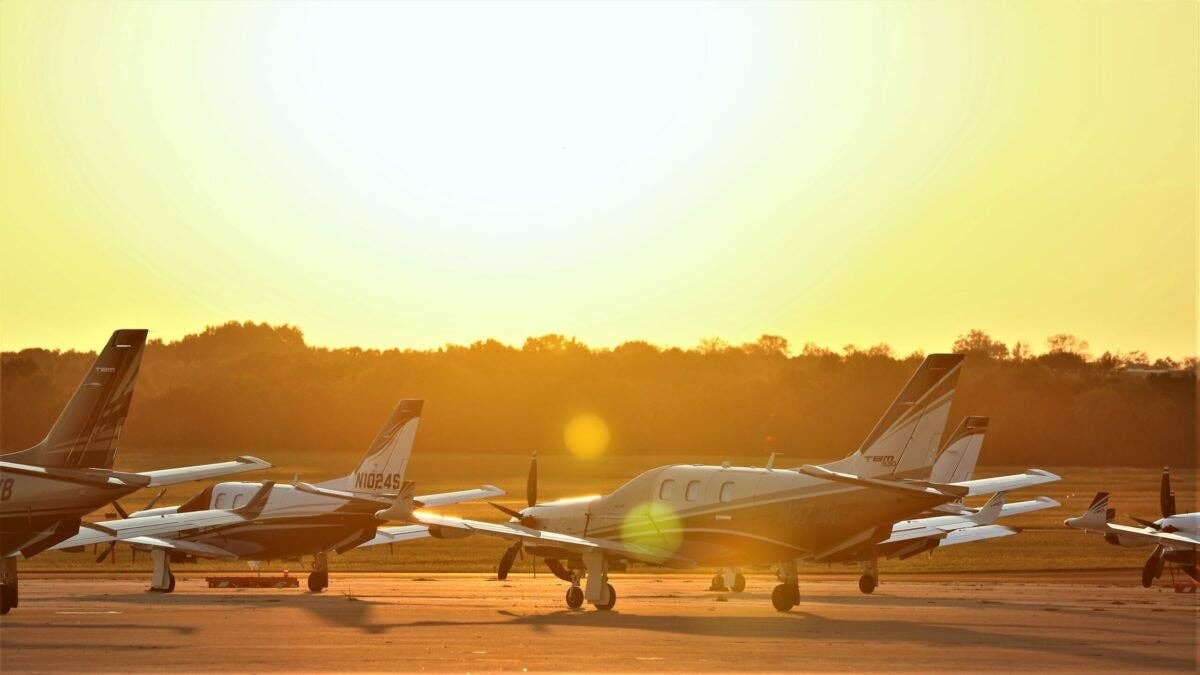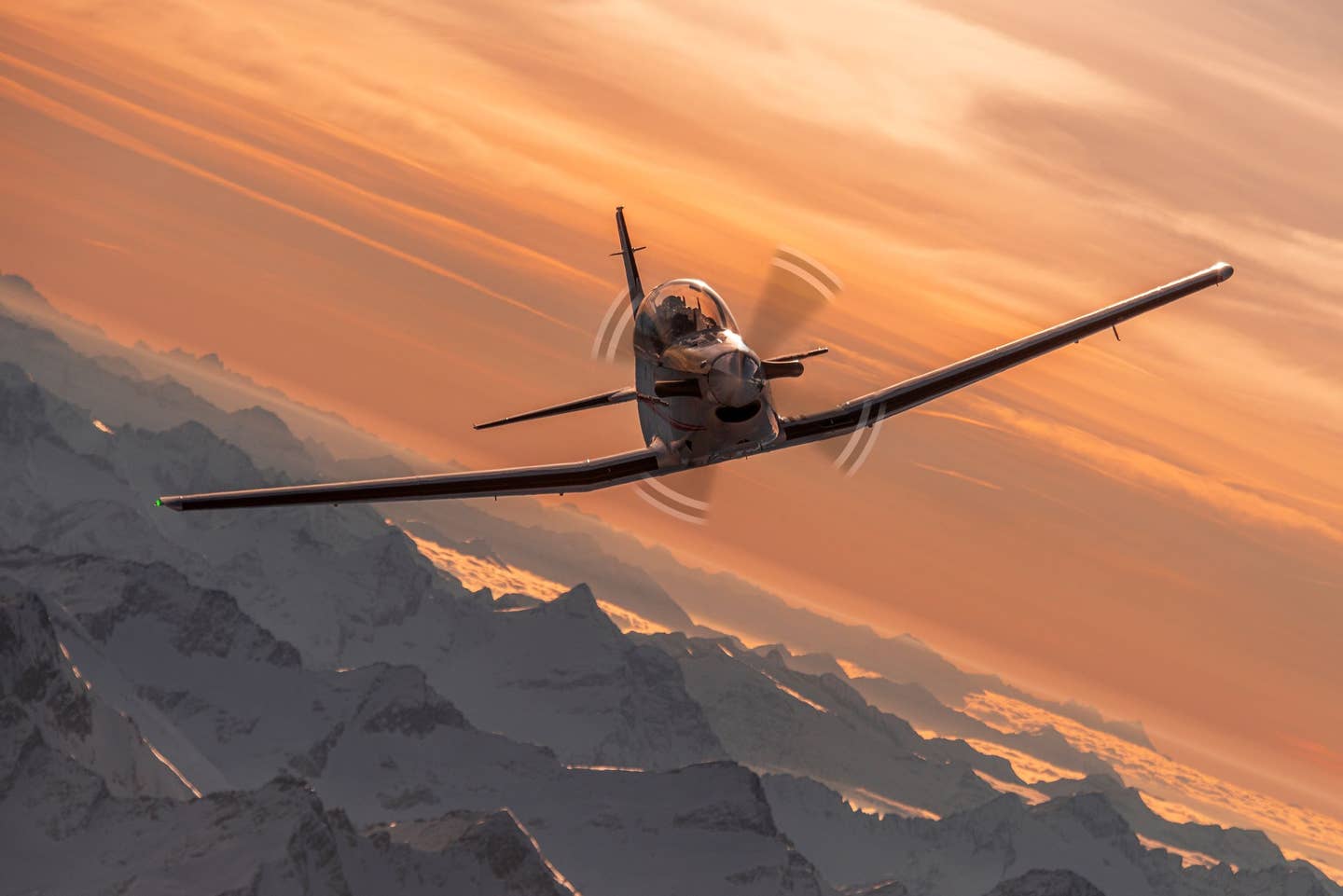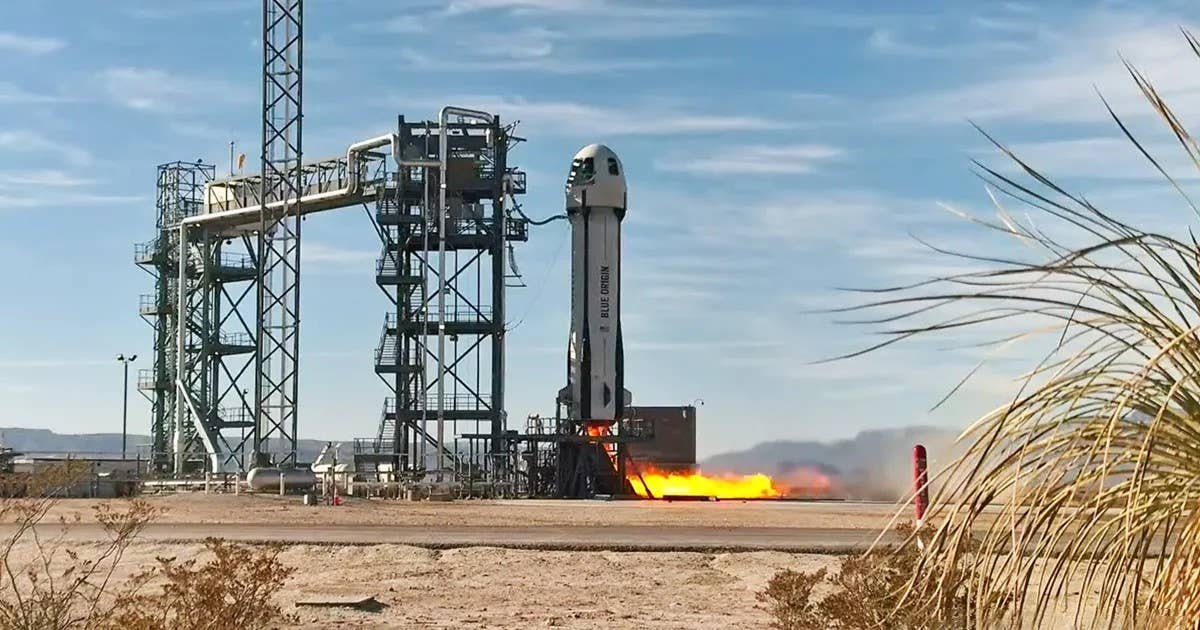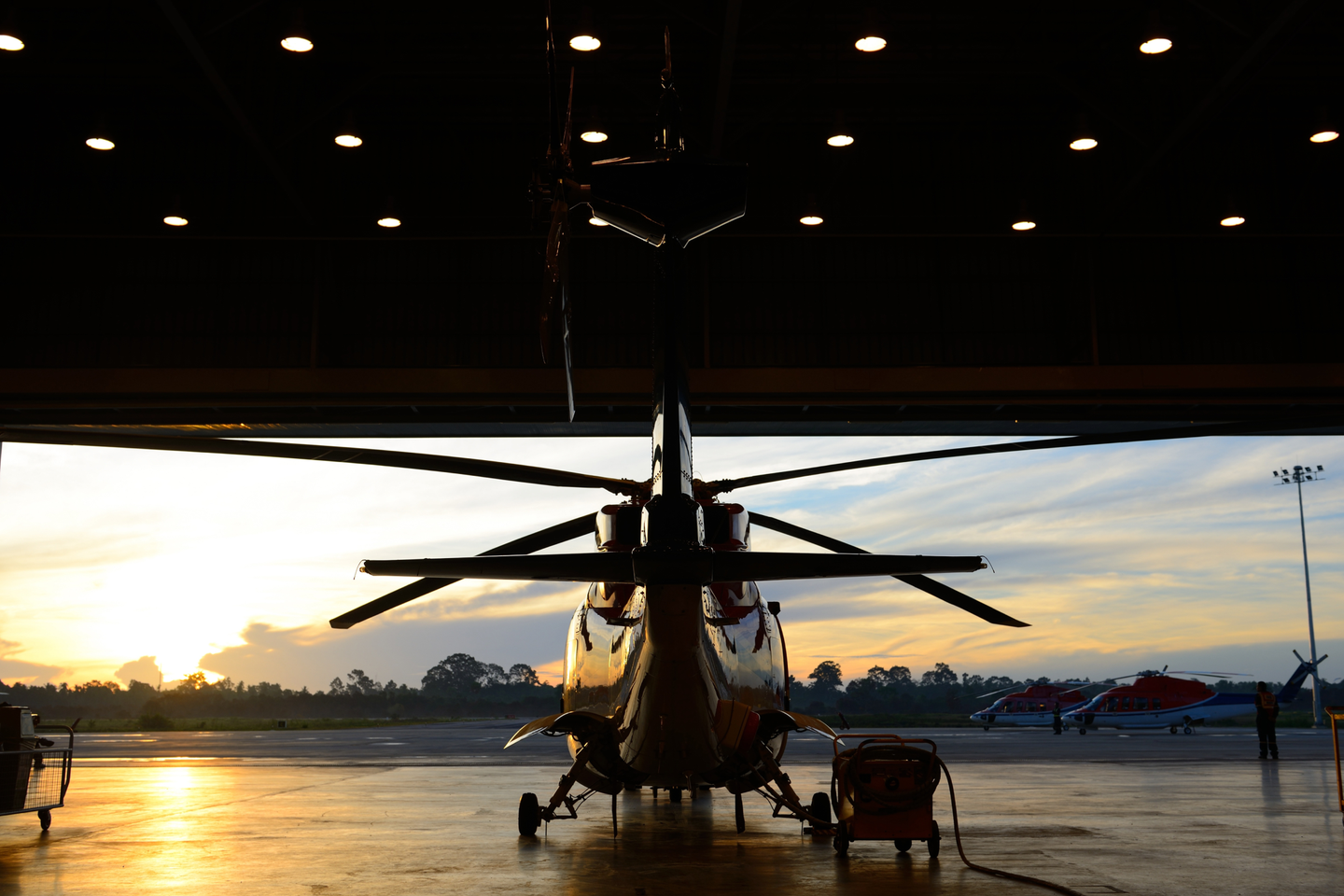NTSB Issues Dust Devil Safety Alert
The whirlwinds form when differential surface heating creates spiraling updrafts under clear skies and are most common in desert regions, NTSB said.

The small-diameter columns of rapidly swirling air—while not tornadoes—can create a bad experience for any aircraft that gets caught up in one. [Courtesy: NTSB/ screenshot]
The National Transportation Safety Board (NTSB) has issued a dust devil safety alert, asking all pilots to be aware of the hazards the whirlwinds present to flying.
The small-diameter columns of rapidly swirling air—while not tornadoes—can create a bad experience for any aircraft that gets caught up in one.
The NTSB released the safety alert Tuesday in a video narrated by NTSB meteorologist Paul Suffern.
According to Suffern, the small dust devils form when differential surface heating creates spiraling updrafts under clear skies. They are most common in desert regions such as the southwestern U.S. They are most visible when they suck up debris from the ground, such as dust, leaves, hay, and trash.
"They can get as strong as a tornado or water spout." Suffern said.
Since 1982, these types of whirlwinds were determined to be factors in 177 aviation accidents, according to NTSB.
The pilots experience loss of control when close to the ground as the winds put the aircraft into uncommanded rolls. You often can't see the vortex in clear air. According to Suffern, the winds are just as forceful, just not visible.
Protect Yourself from Sky Snares
The NTSB recommends pilots receive a detailed weather briefing before each flight. Look for pilot reports (PIREPs) about dust devils. Pilots should also be aware that dust devils typically form in areas of strong surface heating, such as over asphalt or dirt. They may be more likely to form in the afternoon and downwind of mountains or other projections from otherwise flat landscapes.
The whirlwinds can exist as solitary vortices or in lines of multiple dust devils. In some cases, the vortex can reach 1,000 feet or more into the air. They usually only last a few minutes, but that's enough to cause damage to both aircraft flying and those parked on the ground.
Safety Recommendations
The NTSB suggests pilots scan for dust devils and be prepared to take evasive action. When possible, they should fly at a higher altitude to minimize risk.
Ideally, a pilot should try to avoid flying through them, as even without airborne debris they can be dangerous.
"If you encounter a dust devil, inform other pilots, submit a report to ATC, and have your aircraft inspected for hidden damage," NTSB said.
Watch NTSB's Safety Alert

Sign-up for newsletters & special offers!
Get the latest FLYING stories & special offers delivered directly to your inbox






